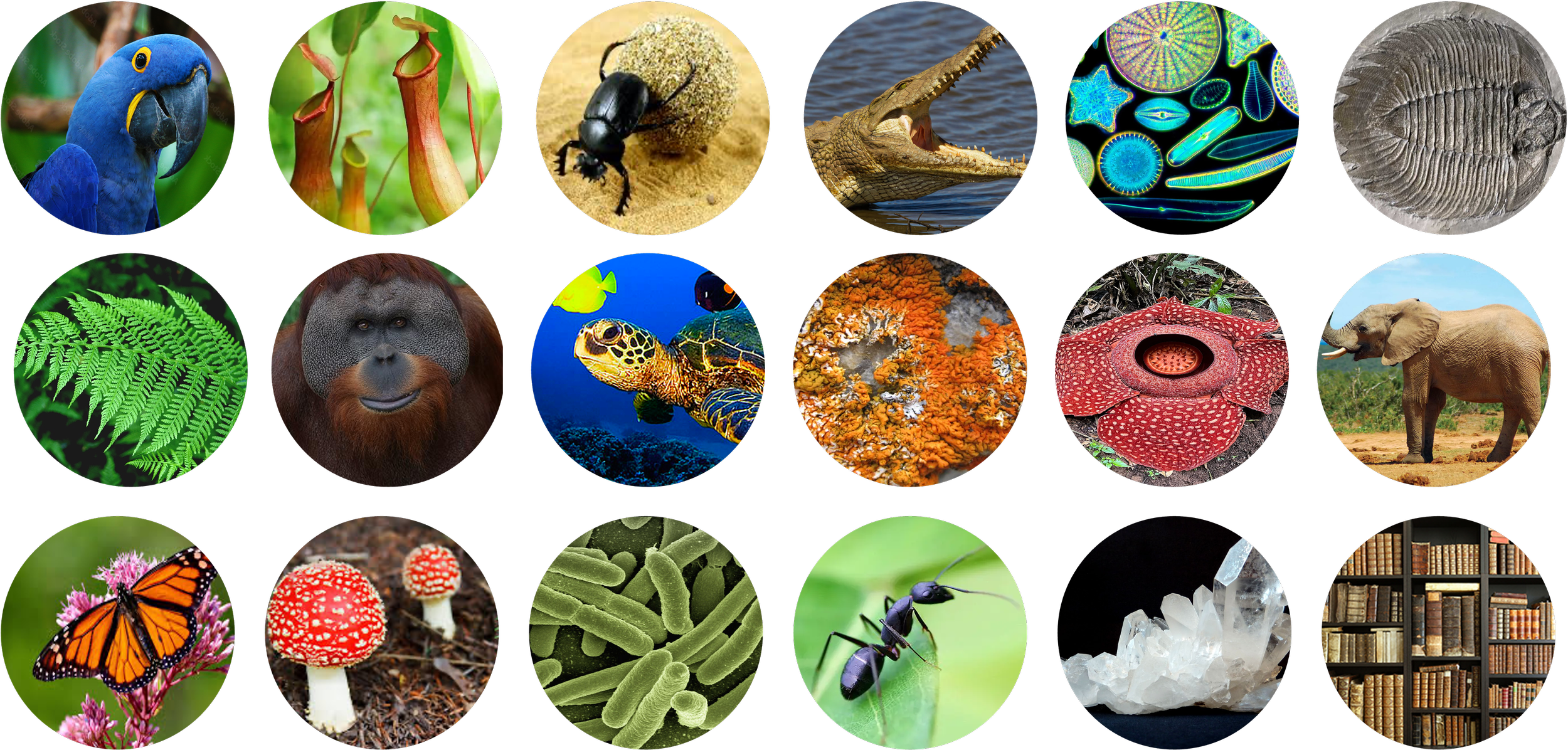Linnaean Collections
Linnaeus' classification of plants, animals, and minerals shaped the way we categorize life today. Modern applications of taxonomy impact medicine (herbal compounds, genetic research), agriculture (pest control, crop breeding), material science (waterproof structures, strong and light) and AI-driven biodiversity mapping. Digitized records now allow researchers worldwide to study specimens.
Future significance
Carl Linnaeus (1707–1778) was a Swedish naturalist who became known as the father of taxonomy.
With the publication of Species Plantarum (1753) and Systema Naturae (1758), Linnaeus introduced a new system for classifying the natural world. After his death, his collections were sold to the highest bidder, James Edward Smith. The Linnean Society of London, founded in 1788, is where the majority of Linnaean material is to this day, and the world's oldest learned society devoted to the biological sciences.
Historical significance
There are three major Linnean collections in the world: London, Stockholm and here at Uppsala Evolutionsmuseet.
The Linnaean Collection is one of the most historically significant holdings at Evolutionsmuseet. His students, known as Linnaean Apostles, expanded the collection by bringing back new species from global expeditions.
We have over 6,541 plant and animal specimens that date as far back as 1732.
Collections
View our digitised specimens on Alvin:





